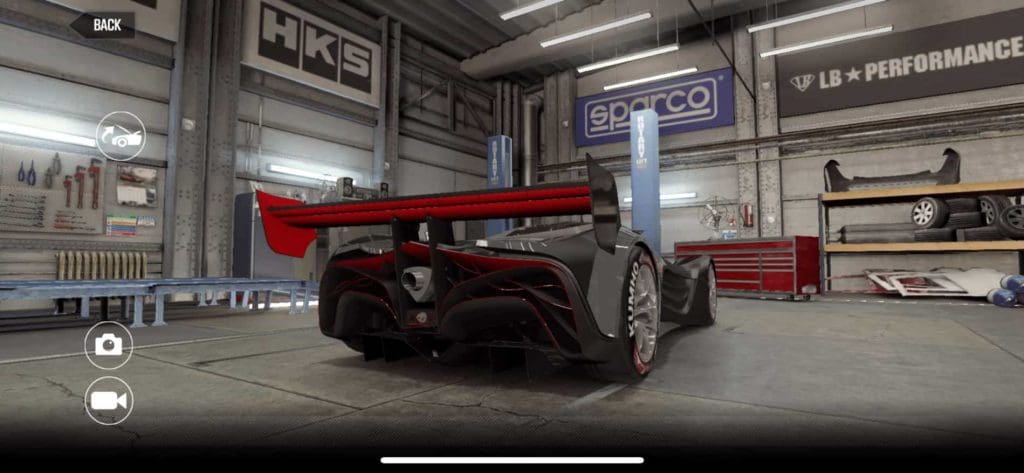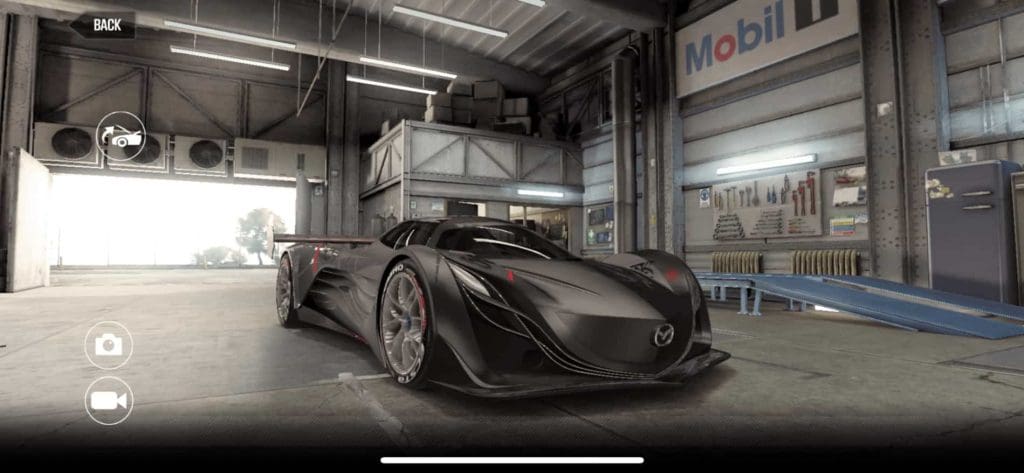The Mazda Furai is the CSR2 Sound of the Wind Prize Car of Season 127. The Mazda is one of the fastest cars in Tier 5.
Mazda Furai Specifications
Real life Mazda Furai
In the world of concept cars, few have sparked as much intrigue and admiration as the Mazda Furai. Unveiled in 2008, the Furai captured imaginations and embodied Mazda’s long-standing philosophy of innovation and its passion for motorsports. This 750-word exploration delves into the Furai’s conception, design, performance, and the legacy it left behind in the automotive world.
Genesis of the Furai: Blending Racing Pedigree with Futuristic Vision
The Mazda Furai, meaning “sound of the wind” in Japanese, was born out of a unique vision that sought to merge the boundaries between street cars and race cars. Mazda, with its rich heritage in motorsports, particularly the 24 Hours of Le Mans, envisioned the Furai as a testament to its racing pedigree and a showcase of its design and technological capabilities.
At its core, the Furai was a concept car that was more than just a static display. It was built on the chassis of the Courage C65 racing car, which Mazda used in the American Le Mans Series, and it was designed not just to look like a race car, but to perform like one.
Design: A Masterpiece of Aesthetics and Aerodynamics
The Furai’s design was a breathtaking amalgamation of aesthetics and aerodynamics, a true masterpiece from Mazda’s design team led by Franz von Holzhausen. The car’s sleek, aggressive lines were inspired by Mazda’s “Nagare” design philosophy, which translates to “flow” in Japanese. This design language was evident in the Furai’s flowing lines and organic shapes that mimicked patterns in nature.
The car’s exterior was a fusion of art and science, featuring intricate details such as the wing-like engine cover and the distinctive LED headlights. The Furai’s bodywork wasn’t just about looks; every curve and edge was crafted to manage airflow, reduce drag, and ensure stability at high speeds.
Under the Hood: A Heartbeat Fueled by Ethanol
The Furai was powered by a 450-horsepower, three-rotor Wankel rotary engine. This engine was not only a nod to Mazda’s unique history with rotary engines but also a step into the future. It ran on E100 ethanol, reflecting Mazda’s commitment to exploring alternative fuels and reducing environmental impact.
The choice of a rotary engine was significant. Mazda is the only automaker to have won the 24 Hours of Le Mans with a rotary engine (in the 787B), and the Furai served as a homage to this triumph. The engine’s distinct brap-brap-brap sound was a music of its own, echoing Mazda’s racing heritage.
Performance: A Dance on the Edge of Innovation
The Furai’s performance was as exhilarating as its design. It was not just a show car but a fully functional prototype that was tested on tracks. With a top speed of around 200 mph and exceptional handling characteristics, the Furai was a testament to Mazda’s engineering prowess.
The car’s lightweight construction, combined with the powerful rotary engine and advanced aerodynamics, provided a driving experience that was both raw and sophisticated. The Furai was designed to dance on the edge of innovation, delivering a driving experience that was visceral and engaging.
Interior: A Cocoon of Functionality and Purpose
Inside, the Furai was all business. The cockpit was a cocoon of functionality, with every element serving a purpose. The minimalist approach focused on the driver’s experience, with racing seats, a digital instrument cluster, and essential controls within easy reach. It was a space that reflected the car’s racing DNA, where the driver could connect with the machine on a deeper level.
The Tragic End and Lasting Legacy
The Furai’s journey, however, met a tragic end. During a track session in 2008 with Top Gear magazine, the Furai caught fire and was destroyed. The exact cause remained a mystery, but this incident marked the end of one of the most exciting concept cars of the 21st century.
Despite its untimely demise, the Mazda Furai left a lasting legacy. It embodied Mazda’s spirit of “Zoom-Zoom”, a philosophy that emphasized the joy of driving. The Furai stood as a bold statement of what Mazda was capable of, inspiring future designs and innovations.
In Conclusion
The Mazda Furai was more than just a concept car; it was a daring exploration of the potential of automotive design and engineering. It bridged the gap between the racetrack and the road, and its legacy continues to inspire car enthusiasts and designers alike. The Furai was not just a fleeting whisper in the wind; it was a roaring testament to Mazda’s passion, innovation, and the unrelenting pursuit of creating cars that excite and inspire. In its brief moment in the spotlight, the Furai left an indelible mark on the automotive world, a reminder of the endless possibilities that arise when imagination and engineering converge.
More about the Mazda
The CSR2 Mazda Furai
The 5 purple star Mazda can fit 135 Fusion parts. So far nothing special. The Furai should run 6.853s. To sum up, the Mazda is one of the fastest cars in Tier 5.
| Sound of the Wind Event | Season 127 |
Mazda Furai tune and shift pattern
| Mazda Furai | |
|---|---|
| Tier | 5 |
| NOS | 263 / 4.0 |
| Transmission | 2.00 |
| Tires | 52 / 48 |
| Wining shift pattern | Start at 7.000rpm, NOS and then at 9.100 2nd, rest shifts at 9.100rpm |
| Time | 6.853 |



I’d like to say as a mechanic and a motor builder/customizer you have gotten the shift patterns earn down so actually come very close to real life patterns like the Mazda rx7 I have a twin turbo old school rotary 7 with 641hp and your pattern mimicked my real life pattern nice job